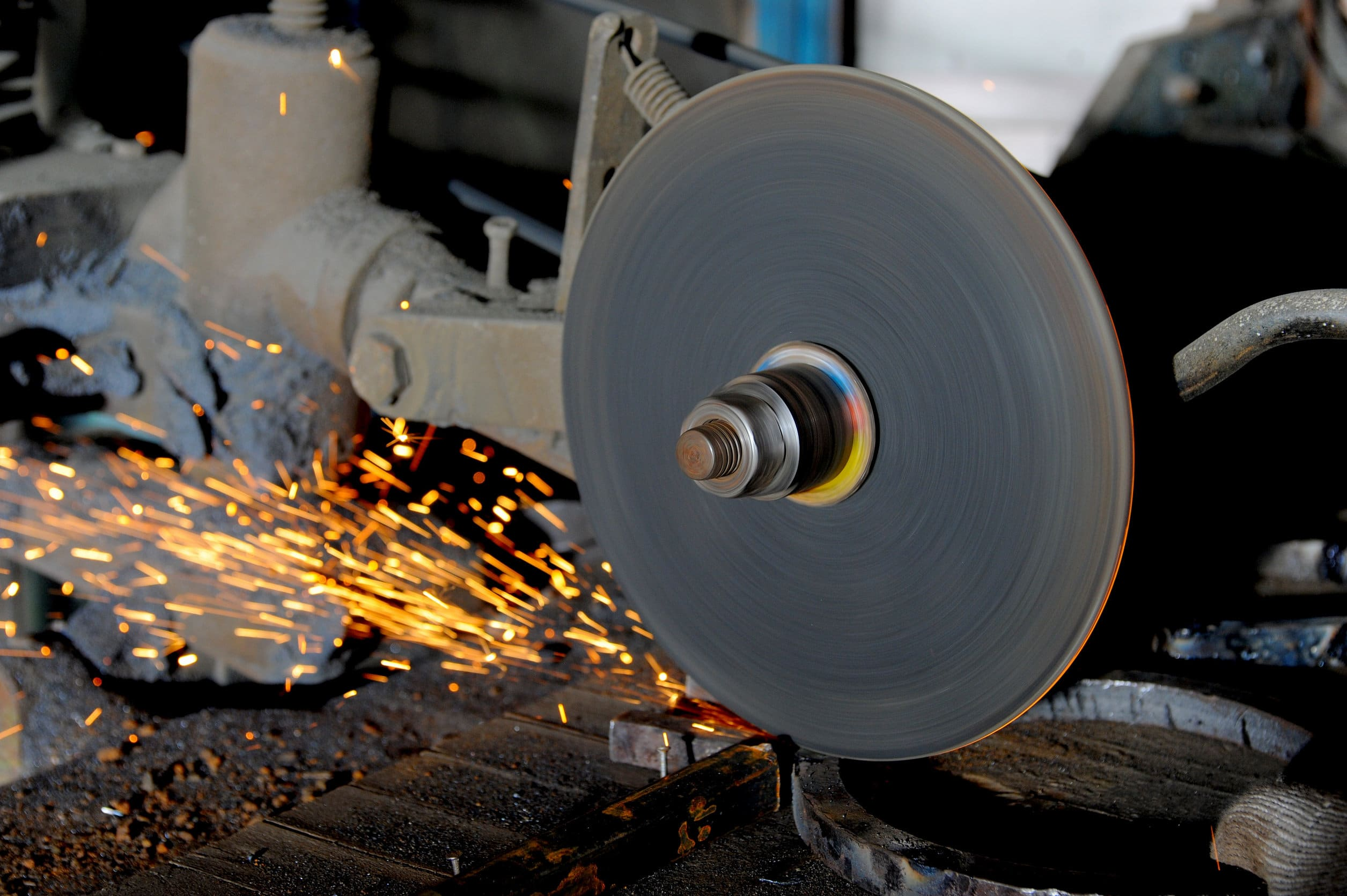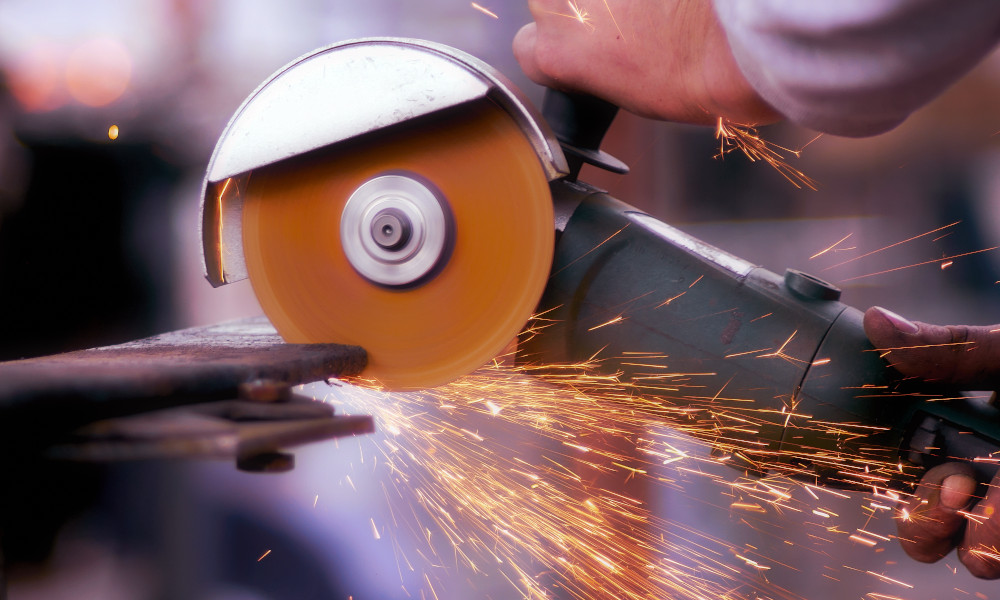To remain competitive in any manufacturing process requires an ongoing process to increase productivity and reduce labor costs. You may have found the right bending, shearing, welding and material handling formulas to reduce labor and improve the process to keep the tender level and work done. Since these improvements can be very expensive, many ideas involve product and overall costs. Long-term savings are usually due to a reasonable investment in mathematics (determining the return on any investment) and a lower overall return on investment due to lower labor and material costs. This is how manufacturers remain competitive and keep the team investing in the company.
However, when the productivity of the grinding or cutting of the material used for welding or the decorative material used for the paint or powder coating is left to the outdated equipment, or the idea of the difference between the price and the cost of the abrasive, these savings Part of it may be lost. This is not a discussion of different grades of bonded or coated abrasive products. Each abrasive supplier kills the subject with new grain or a new special formulation that will ensure faster grinding and longer life. This is a discussion with a simple math course that increases productivity and lowers overall cost based on the extra life of a slightly larger product.
This is a simple view of improving performance and reducing costs through simple mathematical operations that improve the amount of material that is shipped to the customer as a finished product (ie “payday”) during the manufacturing process.
Two wrong ideas must be resolved.
One: Workshop workers are not concerned with completing work on time and completing work with minimal effort. They take care of the salaries they need for their work and life. The faster they get the job with the least amount of energy, the more they can continue to do the next task and get the job done on time, so everyone gets paid and the company is competitive.
Second: Constant pressure on suppliers of consumables, such as abrasives, welding wire, band saw blades and other consumables, even if they do not change the process of grinding preparation or finishing procedures, will make the company competitive. This false idea that large-scale consumption of cheap or small-diameter products based on price will offset the loss of productivity and make the company more competitive. The use of abrasives is manual, not the price of abrasives.
So how can we increase operator productivity and reduce labor costs to retain some of the losses caused by old process problems? Look at the interaction of RPM, diameter and power tool weight to work faster, not harder.
All manufacturers are required to comply with ANSI specifications or 16,000 or 80 meters of maximum allowable surface area per minute when selling adhesive or coated products in North America. The system of power tools and consumables cannot exceed this maximum speed. However, the best grinding or cutting is not based on the time to complete a task, but on how FAST accomplishes the task.
Here are some correct information about using bonded products or coated products (Grinding Wheel):
One: As long as you do not exceed the maximum published safe operating speed based on the diameter of the bonded or coated abrasive product, it is always best to run the product at a maximum allowable operating speed.
For example, using a 41⁄2-inch (115 mm) bond wheel with a rated maximum speed of 13,300 rpm (80 M / s) and often used on a highly protected electric grinder rated up to 12,000, which will result in a larger Cutting time, lighter surface scratches and less wear and tear clear the inventory for more time than any other process.
However, the disadvantage is that the only available working portion of 4.5 inches (115 mm) is approximately 1⁄2 of the outer diameter of the wheel. Then, the power tool actually makes it impossible for the operator to use the remaining wheels.
If the operator uses a 5 inch diameter bonded grinding wheel on an identical 12,000 rpm electric grinder with a rated speed of 12,200 rpm (80 M / s), the overall speed of the outside of the grinding tools will accelerate by 430 surface feet. /minute. Faster diameter speeds mean faster grinding and cutting and easier work.
But the speed is not all, let us look at the effective life of the product based on the diameter.
Bonded products with a diameter of 4.5 inches (115 mm) (on today’s power tools) have an effective life of 1/2 inch diameter. Due to the size of the grinding head, when the overall size of the product reaches 4 inches, it is usually discarded. this product.
Adhesive products with a diameter of 5 (125 mm) in inches (on today’s power tools) have an effective life of 1 inch diameter when discarded at 4 inch diameter based on the same physical dimensions of the power tool head. In fact, a 5-inch diameter wheel has a 44% longer life than a 41⁄2-inch wheel. With an increase in surface foot speed per minute (32% increase in FASTER speed on the outer edge and the same total wear life), it is a better way to save money, which can reduce purchases and get from fewer wheels. Higher productivity.
REAL Savings will be used in 6 inch systems. The safe operating speed of the 6-inch diameter bonded product is based on the 80 M / s rule and the maximum speed listed is 10,200 rpm. However, if the physical dimensions of the grinder are the same as for the 41⁄2 and 5 inch models, but at a rated speed of 10,000 rpm to meet safety guidelines, optimal performance can be achieved at the lowest cost. The surface speed of the 10,000 rpm 6 inch example is exactly the same as the surface speed of the 5 inch 12,000 example (15,708 surface feet per minute). The real savings are the life of the product. The difference in total life of 5″ to 6″ diameter consumables is 62%. The difference in total life between 41⁄2 and 6-inch consumables is 133%!
The overall cost of a new 6-inch power tool required to safely use a 6-inch product is reasonable due to its performance and longevity. If the manufacturer changes the fleet of old grinding machines from 41⁄2 to 6 inches, the total return on investment will be less than one year. This is one of the best ways to improve performance and reduce the total cost of the necessary processes in the shop to make the product truly out of the box.


